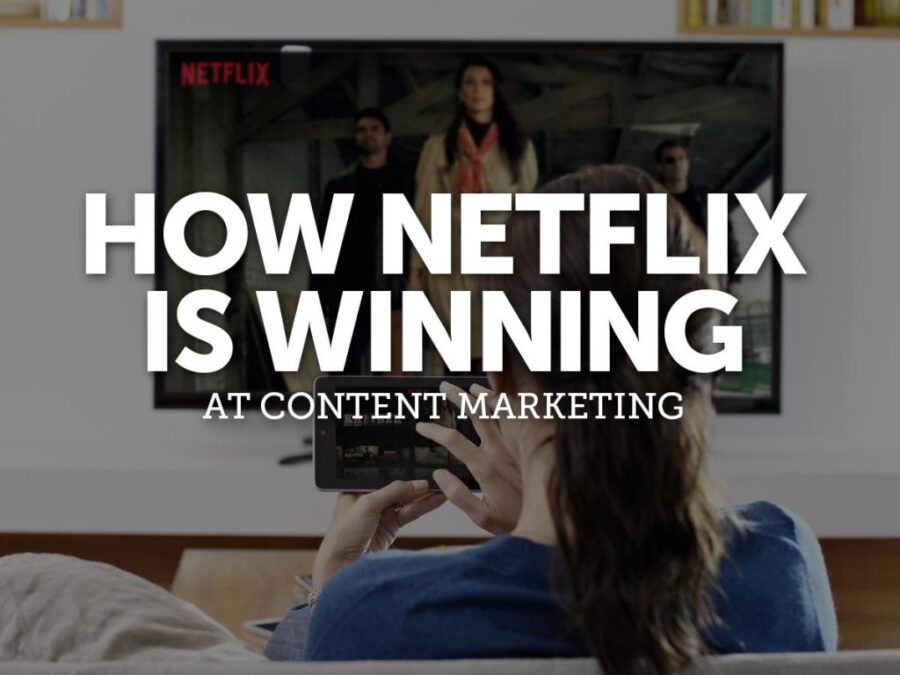Choosing how to spend your marketing budget is quite complicated in normal times, but when budgets are tight, the decisions you make with your strategy, finances and return on investment increase.
When I was a cub business reporter early in my career, my editor told me that marketing was the easiest of the concepts I would have to grasp to write for our audience of entrepreneurs.
I’m not so sure about that anymore.
I’m likely not telling you anything you’re not thinking about when you meet with your team or find yourself awake at 2 AM. What I hope I can give you are some straightforward guideposts to use when you don’t have unlimited funds to spend on marketing and you’re making those decisions on what to cut and what to keep.
1. IF YOU CAN’T MEASURE IT, DON’T DO IT.
The variety of measurement tools for marketers is astounding today. From basic data on the costs of reaching a customer making a purchase to more nuanced analysis of net promoter score, businesses have access to enormous amounts of useful information about the effectiveness of their marketing.
Just keep in mind the difference between what you *can* measure and what you *do* measure. You might be deploying marketing efforts that could be measured but aren’t. Digital efforts (social, email, web) often have measurement packaged into the spend, but that doesn’t mean they’re the only measurable channels. Print, outdoor, direct mail and in-person marketing can all be measured effectively.
2. BEFORE YOU CREATE NEW, KNOW WHAT YOU ALREADY HAVE.
This recommendation is true for a business of any size, but it’s particularly apt for large businesses where marketing content, brand storytelling and sales materials originate from multiple lines of business. Inventory the marketing content you have already created, and establish ways to communicate and collaborate across silos.
Sound daunting? Start with just one audience (say, your marketing materials to existing customers). Still too large to get a handle on? Narrow down again—for example, marketing to existing customers of a specific suite of products or services.
Revising and re-promoting strong marketing work is almost always less resource-intensive than creating new.
Oh, and don’t forget to look outside your organization for partner content. You likely already have partner content you should inventory. Could you do more? Forge partnerships for white paper collaborations, email list sharing, audience building in social, and more. And remember guidepost No. 1: If you can’t measure it, don’t do it. Make a plan with your partners to collaborate not just on creating and promoting, but also on measurement.
3. AS YOU WORK ON CONCEPTS, BE MINDFUL OF TONE.
As a Gen Xer, I grew up in the pre-DVR days when you couldn’t skip through commercials. I remember to this day the Beatrice Cos. Inc. commercial that blanketed the 1984 Los Angeles Summer Games coverage: “We’re Beatrice. You’ve known us all along.”
The $23 million campaign (approximately $57 million in today’s dollars) was part of a push to build national brand awareness for a collection of regional goods brought together in record-breaking merger and acquisition activity.
Leaders at Beatrice were proud of their organization’s new scale and scope, and they certainly had the hard work of their employees to recognize as well. But the tone was off when the message went external. “We’re big, we’re everywhere,” had a celebratory, self-congratulatory tone that didn’t resonate with customers the way it could have with employees.
Did the fact that Samsonite luggage and Peter Pan peanut butter were owned by the same parent company benefit consumers? Probably not. And it really didn’t benefit shareholders, who saw their investments seesaw with a leveraged buyout and sell-off before the end of the following year.
Imagine what power that campaign could have had if Beatrice had told the real stories of its employees and its brands, some of which were founded in 1891. Our client Verizon is a great example of a large brand that doesn’t focus on its size and strength in its most visible marketing. Instead, in its Speed of Thought documentary, they show the innovators and lifesavers who are putting 5G technology to work in new and relevant ways that will improve medicine, education and much more.
4. RESPOND TO YOUR CUSTOMERS’ NEEDS AND MINDSETS, ESPECIALLY IF THEY’VE CHANGED.
Who are you marketing to? The volume of intelligence you can gather on your audience will always help you make choices on your marketing strategies. It’s hard to put this recommendation better than writers Nirmalya Kumar and Koen Pauwels did in an August 14, 2020, article in Harvard Business Review.
Yes, they concede, new product launches are generally bad bets when budgets are tight, as are price increases and other moves that alienate current customers. But, they note, “Customers’ behavior undergoes profound changes—reflecting changes in their circumstances and needs, which may even be traumatic. In this new environment, you must accompany your customers on their new, different journey, shifting your message and even re-engineering your value proposition.”
Easy? Not at all. But if part of what you *don’t* cut back on in your marketing budget is quality strategy and planning, you’ll be able to navigate those difficult decisions with more confidence.



